Hands on with the Realme 3 Pro: 6.3-inch Phone with Snapdragon 710 For Under €200
by Ian Cutress on May 20, 2019 9:30 AM EST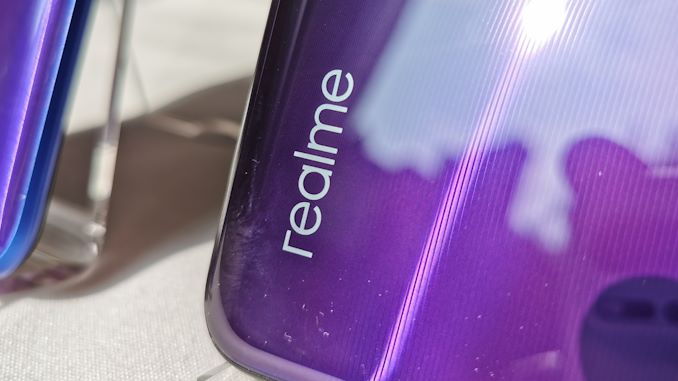
Midrange smartphones are the main market for volume sales. Over the years companies have tried to attack this segment with aggressive specifications followed by exuberant pricing, with a select few having a good deal of success. The latest entrant to this market is Realme, the budget brand of parent Oppo, who is coming out with its new Realme 3 Pro smartphone. This device, in terms of specifications for the price, is amazingly good value.
Today’s announcement signifies Realme’s entrance into its first western market. On the back of parent company Oppo, who launched in the UK at the end of last year, Realme is coming to Europe with a mid-range smartphone designed to inject some new competition into the market for affordable smartphones. The Realme 3 Pro is set to hit the shelves at £175 / €199 for the 4 GB/64 GB model, raising the bar for sub-$200 smartphones.
The front display is a 6.3-inch full-screen display, with a dew-drop notch and a 2340x1080 resolution on the LCD panel, which is covered with Corning Gorilla Glass 5. Inside is a surprisingly high-end Qualcomm Snapdragon 710 processor, which offers two Arm Cortex-A75 cores at 2.2 GHz and six Arm Cortex-A55 cores at 1.7 GHz. The combination of CPU and process, paired with the 4045 mAh battery, promises a long battery life for this device.
The design of the smartphone, according to Realme, is ‘Le Mans’ inspired by virtue of the sweeping S engraving on the back. Realme uses a specialised laser cutting process to create 82 lines in the rear of the phone, separated by 0.25-0.55mm, in order to give a color change reflection based on the direction the phone is pointing. Realme was keen to point out that it is one of very few phones that offer a color transition at an oblique angle, rather than just top to bottom or side to side.
The rear cameras are what makes the smartphone even more interesting. Realme is pairing up a Sony IMX519-driven 16MP camera with a 5MP camera. The IMX519 is an f/1.7 camera with a 1/2.6-inch sensor size, but is DRAM backed to support 960 FPS video recording at 720p. This extends to 1080p120 as well, with additional ‘AI’ scene detection on top due to the Hexagon DSP inside the SoC. The rear camera also features a nightscape mode, similar to other night sight modes on other smartphones, but brings it down to the £175 price point. Realme says this is based on a RAW format images taken and merged inside the camera. The camera only has EIS however – skipping OIS – perhaps indicating its price point. Realme also emphasised that it has a 64MP mode, which is again another multi-frame image shot method.
The front camera/selfie camera is a 25MP f/2.0 device. Realme advertises the sensor as using relatively large 1.8 micron pixels, however that is only true in its 4-to-1 mode that combines pixels for a lower resolution but higher quality image. This camera also supports face unlock, and in order to fit the speaker in the phone above the camera, we can see a small grille above the notch.
Back to the 4045 mAh battery, the Realme 3 Pro supports VOOC Flash Charge 3.0, which the company states is good for 50% battery charging in 30 minutes. This is the same technology that Oppo has on some of its phones, because Oppo is the parent company. The battery actually charges at 5V/4A, and Realme states that the Pro 3 is rated for 7 hours of PUBG gaming, 9.7 hours of 1080p video, and 126 hours of music.
Elsewhere on the phone, we get dual nano-SIM with microSD support, with the phone also supporting dual 4G. The device only supports a few bands: 1/3/5/8 on FDD and 38/40/31 on TDD. The built in Wi-Fi is dual-band 802.11ac, and it has a 3.5mm headphone jack. However an egregious feature is the micro-USB port on the bottom, rather than using Type-C. The argument here is similar to what we’ve seen with other companies: sub-$200 devices have micro-USB because that market is cost sensitive. To be honest, I’m not buying that answer for much longer.
Inside the box is a fast charger and cable, along with a plastic case. Don't use the plastic case.
Realme uses ColorOS 6.0, which is based on Android 9.0 Pie, and similar to the OS we saw on the Oppo Reno 10x Zoom last week. Realme intends to offer two configurations in the UK market, with 4 GB + 64 GB (£175/€199) or 6 GB + 128 GB (£219/€249), in Lightning Purple or Nitro Blue.
Sales of the realme 3 Pro will begin on June 5th, noon CET, from the Realme website.
Personal Thoughts
The pricing is very aggressive. I can see the 2+6 core Snapdragon SoC, which is built on Samsung's 10LPP process, as being very light on battery consumption. And with that paired with a 4000+ mAh battery, it should provide substantial battery life. Add in some fast charging and this could easily be a multi-day phone with minimal charging needed. The camera configuration is easily beyond what we would expect in a device at this price, especially with the inclusion of a basic night mode – although the tradeoff is that it only has EIS.
Meanwhile the screen is large and bright, and a basic test of the stereo speaker arrangement seems more than reasonable. The style of the smartphone, in both the Purple or Blue, definitely does stand out, although I wouldn’t suggest putting the plastic case that comes with it on the device – it removes any sense of that uniqueness. Having dual-SIM support is a must for devices this day and age (at least, for me), so seeing that feature come down to $199 is great.
I continue to be amazed at how high the bar is for a $200 smartphone. I was recently wowed by the Honor 8X, which is £239, and the realme 3 Pro is £50 less with a more efficient SoC, a better front camera, better video recording, and a low light mode. This end of the market is amazing.
| Smartphones ~£200 | |||||
| Motorola Moto G7 Power | Xiaomi Mi A2 Lite | realme 3 Pro | Honor 8X | ||
| SoC | Name | Snapdragon 632 | Snapdragon 625 | Snapdragon 710 | Kirin 710 |
| CPU | 4x Kryo 250 Au 4x Kryo 250 Ag |
8xA53 | 2x A75 6x A55 |
4x A73 4x A53 |
|
| GPU | Adron 506 | Adreno 506 | Adreno 616 | Mali-G51MP4 | |
| Display | 6.2-inch 1570 x 570 19.5:9 IPS LCD |
5.84-inch 2280x1080 19:9 IPS LCD |
6.3-inch 2340x1080 19.5:9 IPS LCD |
6.5-inch 2340x1080 19.5:9 IPS LCD |
|
| Size (mm) | 159.4 x 76.0 x 9.3 | 149.3 x 71.7 x 8.8 | 156.8 x 74.2 x 8.3 | 160.4 x 76.6 x 7.8 | |
| Mass | 193g | 178g | 172g | 175g | |
| RAM + NAND | 3GB + 32GB 4GB + 64GB |
3GB + 32GB 4GB + 64GB |
4GB+64GB 6GB+64GB 6GB+128GB |
4GB+64GB 4GB+128GB 6GB+128GB |
|
| MicroSD | Yes | Yes | Yes | Yes | |
| Battery | 5000mAh | 4000mAh | 4045mAh | 3750 mAh | |
| Front Camera | 8MP f/2.2 | 5MP f/2.2 | 25MP f/2.0 4-in-1 mode |
16MP f/2.0 4MP mode |
|
| Rear Camera | 12MP f/2.0 | 12MP f/2.2 5MP f/2.2 |
16MP f/1.7 5MP f/2.4 |
20MP RGB f/1.8 2MP Depth |
|
| SIM Size | 2x NanoSIM +microSD |
2x NanoSIM +microSD |
2x NanoSIM +microSD |
2x NanoSIM + microSD |
|
| Wi-Fi | 802.11ac | 80211.ac | 802.11ac | L21/L42: 802.11ac | |
| Bluetooth | BT 4.2 LE | BT 4.2 LE | BT 5.0 | BT 4.2 LE | |
| Connectivity | USB 2.0 Type-C 3.5mm headset |
microUSB 2.0 3.5mm headset |
microUSB 2.0 3.5mm headset |
microUSB 2.0 3.5mm headset |
|
| Fingerprint | Rear | Rear | Rear | Rear | |
| Launch OS | Android 9.0 | Android 9.0 | ColorOS 6 (Android 9) |
Android 9 | |
| Launch Price | €210 | €180 | 4/64: £175 6/128: £219 |
GBP £239 | |
Our 'Hands-On' pieces indicate a short time with the device, rather than an in-depth review.


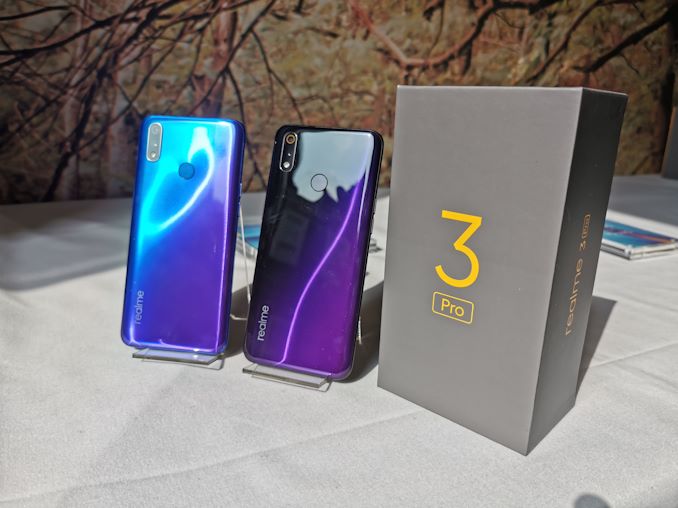
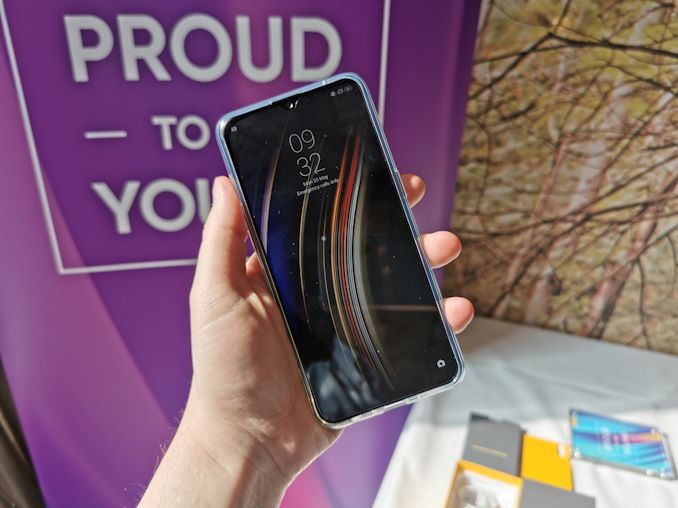
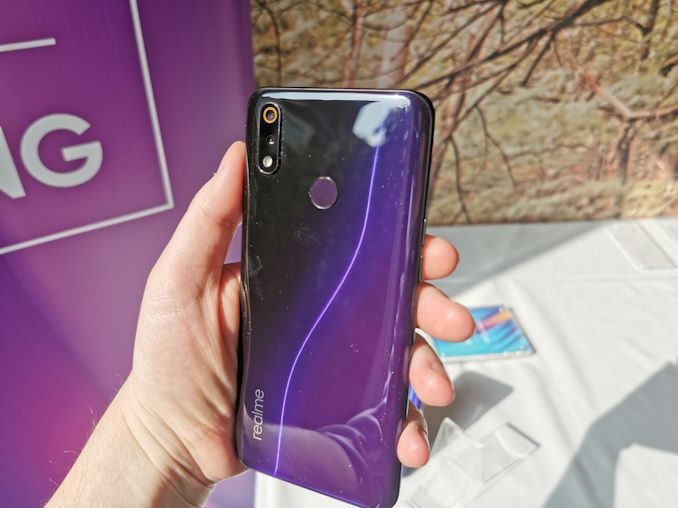
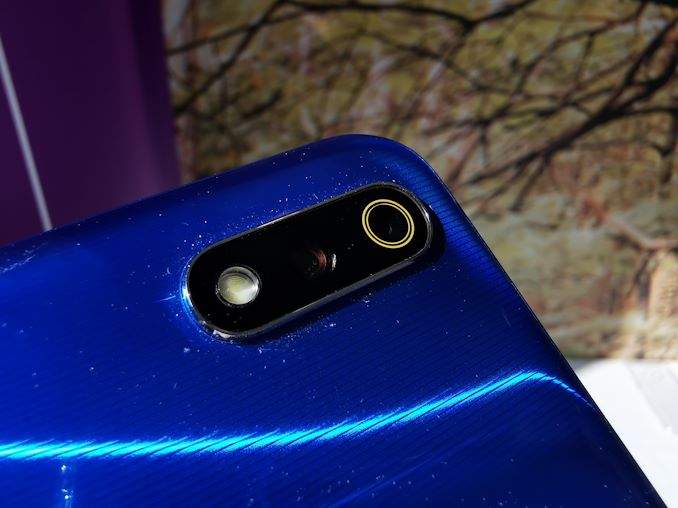


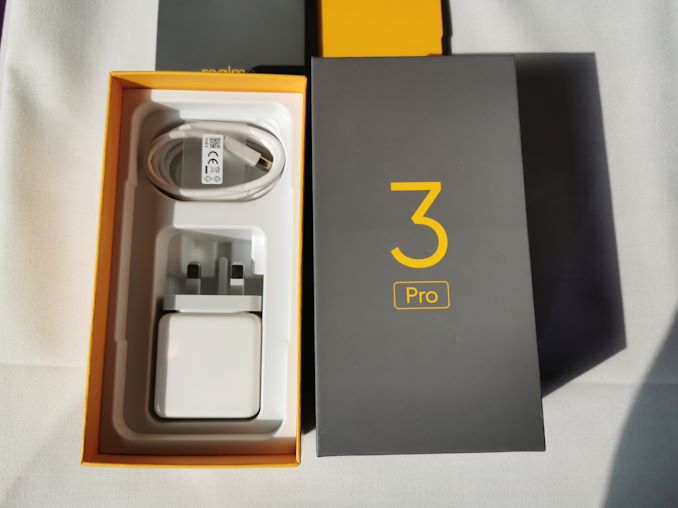
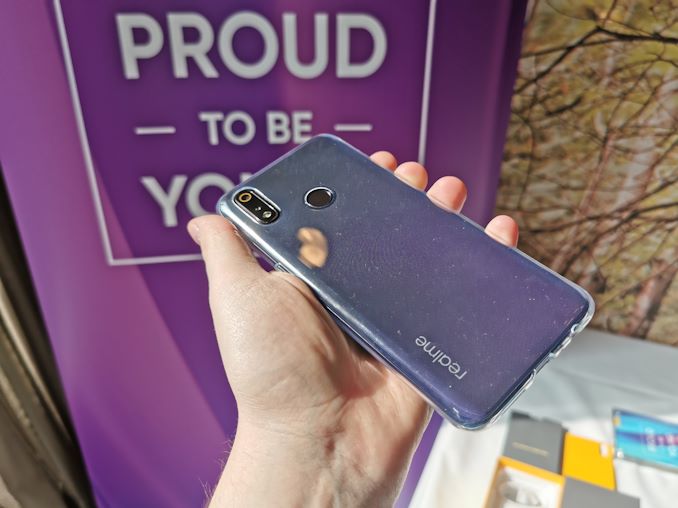









28 Comments
View All Comments
Teckk - Monday, May 20, 2019 - link
Hi Ian, Any thoughts on why high-end phones lack bigger battery even though they seem to be almost similar in dimension/thickness, is there any physical limitation? Also, the same for lack of SD/expansion slot on many high end phones which actually ship with 64/128 GB.peevee - Monday, May 20, 2019 - link
High-end phones include high-end chips which are apparently high-end priced. No money for little niceties like a bigger battery. :)SD? How would they upsell you to higher flash size at $100 per 64GB (at about 10 times the cost of actual flash)?
flyingpants265 - Monday, May 20, 2019 - link
Don't ask the experts about this. There is no real reason.shing3232 - Monday, May 20, 2019 - link
expansion is for the extra stuff lol. For lack of bigger battery, High end phone use battery that support very fast charge.mobutu - Tuesday, May 21, 2019 - link
say hello to Asus Zenfone 6 ZS630KL with almost everything @Li-Po 5000 mAh batteryhttps://www.gsmarena.com/asus_zenfone_6_zs630kl-96...
Teckk - Tuesday, May 21, 2019 - link
Wow, was not aware of this phone! Looks good, maybe we'll see a review here sometime.GC2:CS - Tuesday, May 21, 2019 - link
If you take iPhone as an example you have masive steel frame, display backed by a steel plate, 0,8 mm glass on each side, wireless charging coil, giant speakers, taptic engine, camera housing and face ID. And the battery has a generous expansion spacing as well.Lot’s of things a midrange can trade for battery capacity.
On the other hand you got double layer motherboard and unique battery shapes which should represent an adventage for high end phones, but they are only implemented (ironically) by Apple
Teckk - Tuesday, May 21, 2019 - link
Yeah can't compare this phone with iPhone but the $ difference from 64GB to the next model is ridiculous.alchemist83 - Wednesday, May 29, 2019 - link
N.b - 1. never take an iPhone, and 2. certainly don't use it for comparison when detailing phone construction / cost / price ratio etc. Simply doesn't apply to the largest company in the world (they don't have money concerns, just how much that can take the P) All I hear from from you is w*nk w*nk over iPhone whilst trying to sell erm apparently. Next time maybe use an Android phone from India for suitable realistic comparison.ianmills - Tuesday, May 21, 2019 - link
Phone companies want u to buy a new phone every 2 years. Having a small non-replaceable battery is the best way to get consumers to buy phones more often. Its the same reason for storage as well. High end phones are optimized for profit first and foremost.If you want those features you have to pay less money or pay an obscene more amount of money to make up for the lost profit (eg. samsung note series)